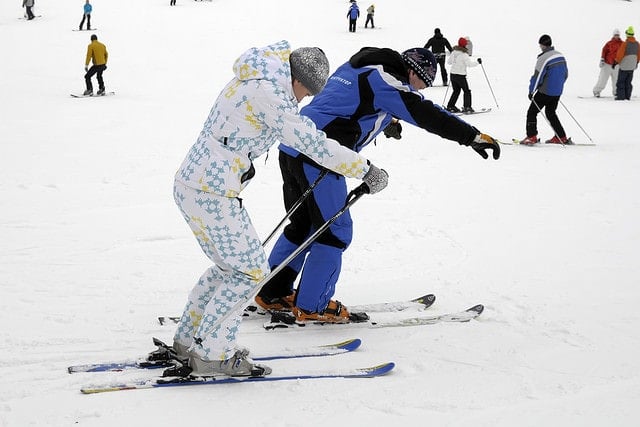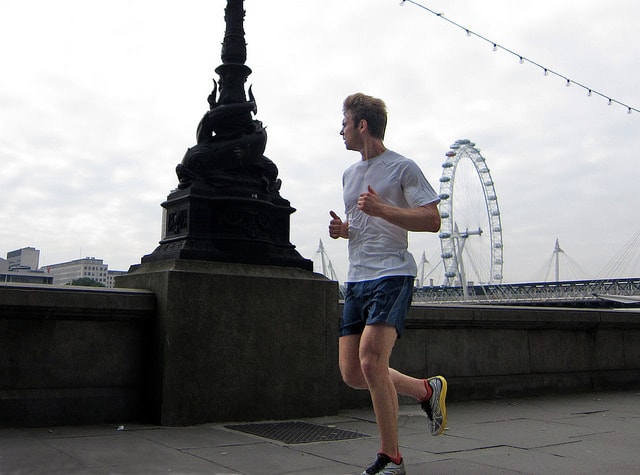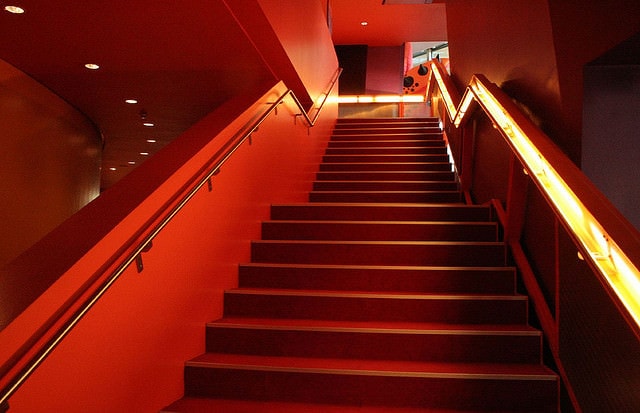
Ski season is less than two months away, and we’re looking forward to heading out to France and enjoying that first run down the slopes. Before then, there’s some essential prep to do, and yes we’re talking about fitness.
Although some people may be regular gym goers and will have a good level of fitness already, it’s important to work on specific areas of the body that need to be at their best for comfortable skiing.
Those who are beginners will need to start cardio and muscle workouts at least two months beforehand, some experts say three. Starting now will ensure you are as prepared as possible for the exciting days ahead once you’ve stepped out of one of our ski chalets in Courchevel and on to the nearest ski lift.
Here are five ski fitness exercises that will help you prepare for the 2015/16 ski season. For a more personalised fitness plan talk to your local gym, and consult your GP before undertaking any significant exercise plan.
Walking, cycling or running for stamina
To make the most of a full week or more of skiing you need to work on your cardiovascular fitness and stamina.
Exercise 1:
Choose two from the three below to carry out twice a week:
- Fast walk for 60 minutes – keep up the pace with no breaks. Include some inclines to work a bit harder as the weeks go on.
- Cycling for 30 minutes – try not to stop too much, and an undulating course will pose more of a challenge in further weeks.
- 20-25 minute run/walk – start for five minutes for a fast walk to ease yourself into a run. Slow down if you get tired, but try not to stop completely.
If you time this well, you could carry out these exercises on your way to the gym and back instead of driving.

Lower leg exercises for ankle flexibility
A lot of skiers flex their knees more than their ankles, which can actually put strain on the knee joint and tire out even the strongest of thighs. This is because more body weight consistently rests over the back and middle of the skis.

Exercise 2:
Stand in front of a wall, facing the wall, with one foot in front of the other and your hands resting on the wall in front of you. With your weight in your feet rather than your hands, bend the front knee whilst keeping the back leg straight. Ensure the heels don’t lift off the ground so that this works the ankle. You should feel the calf muscle working in this position.
A stretching exercise like this is best done after other exercise so that your muscles will be warmed up.
Exercise 3:
Stand against a wall so that your shoulders, backside and heels are touching the wall. Slowly slide your back down the wall, bending your knees and ensuring that your heels are kept on the ground. How far you can slide down will depend on the flexibility of your ankles: 30cm is excellent, 20cm is adequate, and 6cm needs improvement.
Quads and glutes for stronger power muscles
The main power muscles you use when skiing are the quadriceps and gluteal muscles, or the front and back of your thighs. Don’t exercise with wall squats as these can encourage you to put weight into your heels when you’re skiing, which won’t help. Instead try step ups, lunges, split squats and deep squats. The two exercises below are a great place to start.

Exercise 4:
Find a good-sized step that you can use to do step downs. Step up and down the step, one foot after the other, 30 times. Add some weight as the weeks progress, making sure that there is equal weight in each hand.
Exercise 5:
The clam exercise will work the lateral hip muscles. Lie on your side on the floor, with your head resting in your hand and your arm at a 45 degree angle, and your knees and hips in a skiing position with ankles together. Keeping the rest of your body as still as possible, lift your top knee whilst keeping your ankles together, like a clam opening and closing. Repeat 30 times, then switch to lie on your other side and repeat.
Image Credit: Stefano Montagner, Alan Light, Dr Tr, Liz Jones (flickr.com)



Leave a Reply